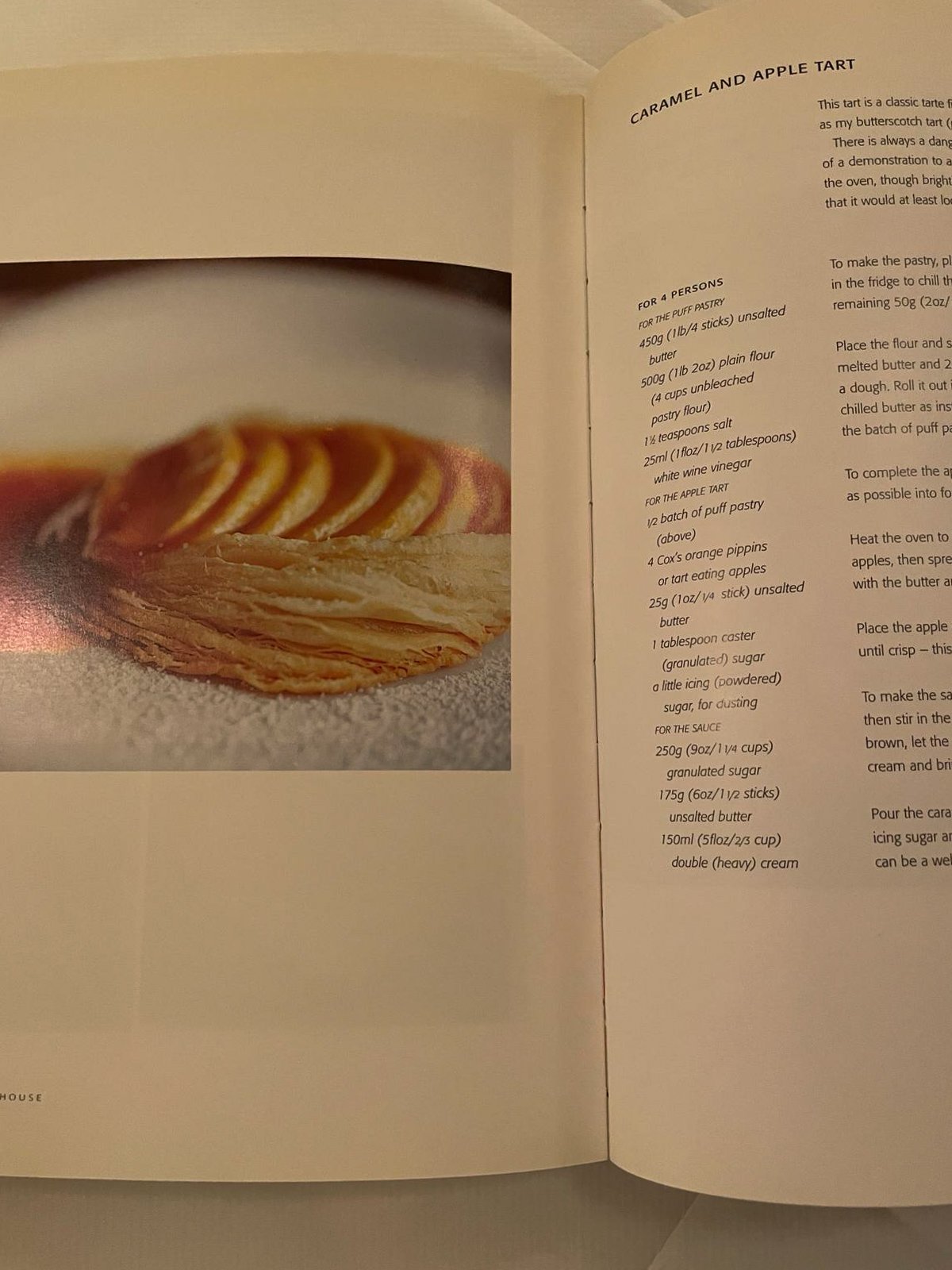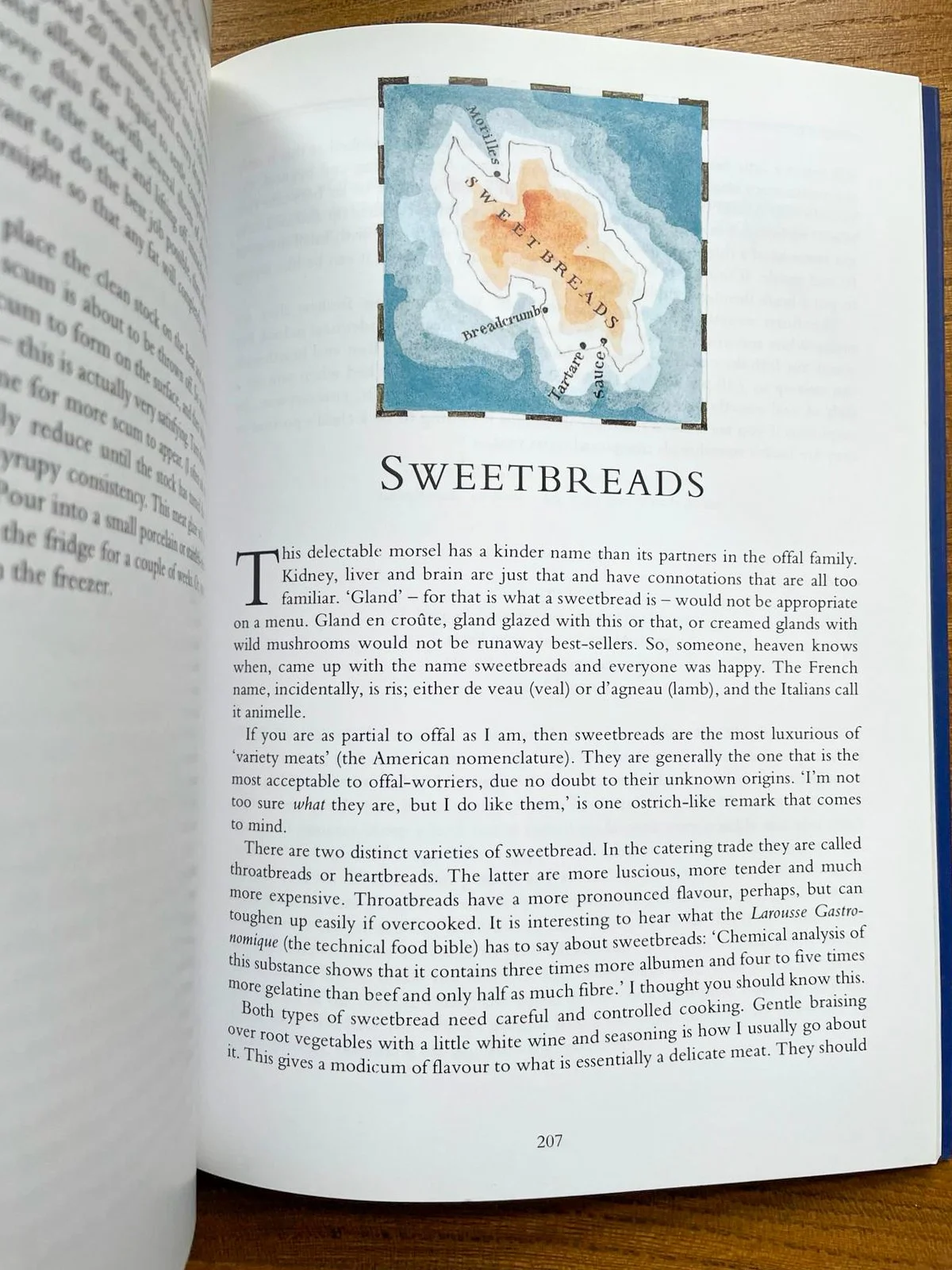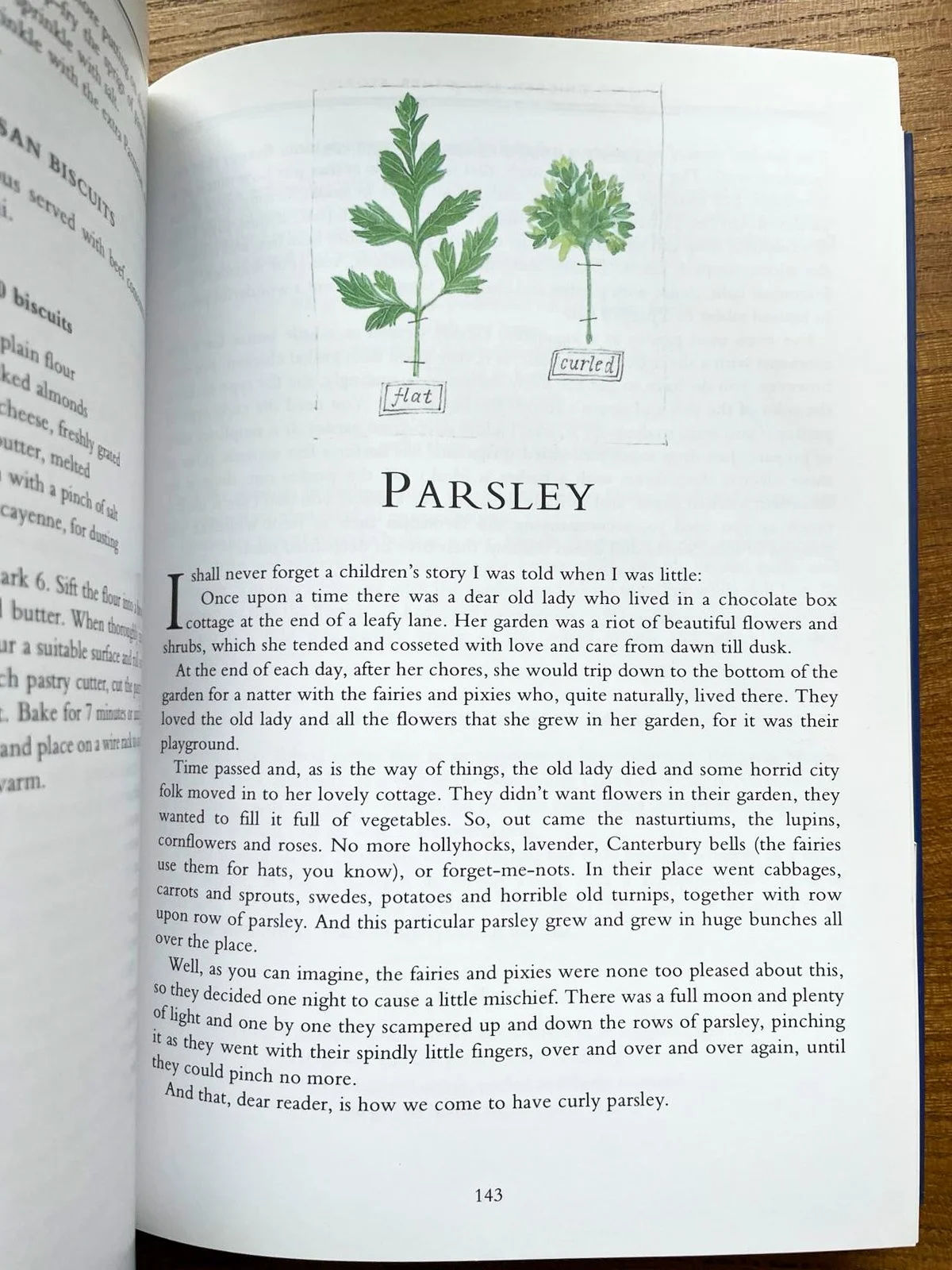It’s a proper cookbook this week. A traditional Scots book, with some incredible, historical stories of how we used to eat. Catherine Brown is a well-known cook and author who fascinated me for years. We finally met and I invited her to be a guest at Cafe to celebrate her food using local, Scottish, and old recipes. It was a wonderful evening.
Broths to Bannocks is a book you can always refer to for different reasons. For recipes, but oh so much more. There are chapters about what was eaten in the past, including some from an another wonderful book I have, Mrs Dalgairn’s Practice of Cookery. Recipes like Caledonian cream from 1829, castle cake from 1874, and fried stag’s feet for breakfast (boiled for 6 hours, then rolled in breadcrumbs). Sounds alright actually. Also, traditional dishes like porridge and butteries, boiled salted mutton, and so on. This book is a compendium of what got us canny Scots through tough times and how we lived off the land, bartered, and survived.
Where do you buy certain items that would never be on a supermarket shelf? There’s a list in this book of places to try. It also has the very best old tales, told as if you were sinking back into your settle in a dimly lit pub on a stormy night with a flicker of a candle and a roaring fire. The Highland welcome was one that was warm and generous.
Catherine writes of a family in Edinburgh who spent a considerable amount on eating out, and drinking in Edinburgh taverns, gambling with cards, with tales of money lost on a game of golf at Leith. Falconry was enjoyed and deerhounds were used for hare coursing, and tackle bought for trout fishing at Cramond.
The gardens were full of pears, apples and plums, with apricot trees in the orchard and the larder a rich storehouse of hams, 15-pound Irish cheeses and salt-herring, sitting alongside anchovies and loaf sugar. Dried fruits like figs and prunes are next to spices. This is wealthy Ravelston in 1690. I really do enjoy this book as it takes us on a tour from 17th century Scotland to the present day. Get yourself a copy!




































